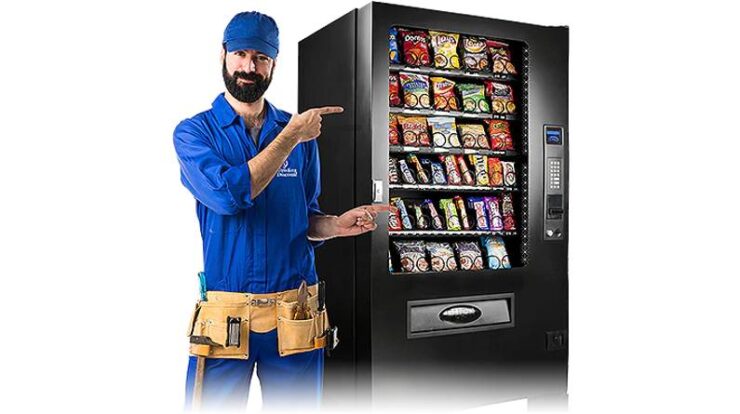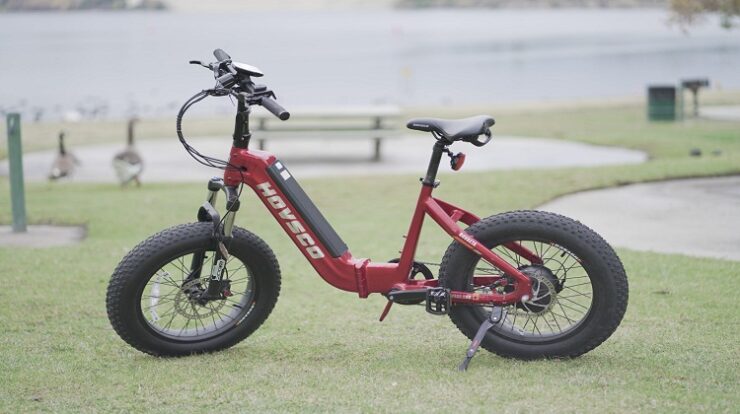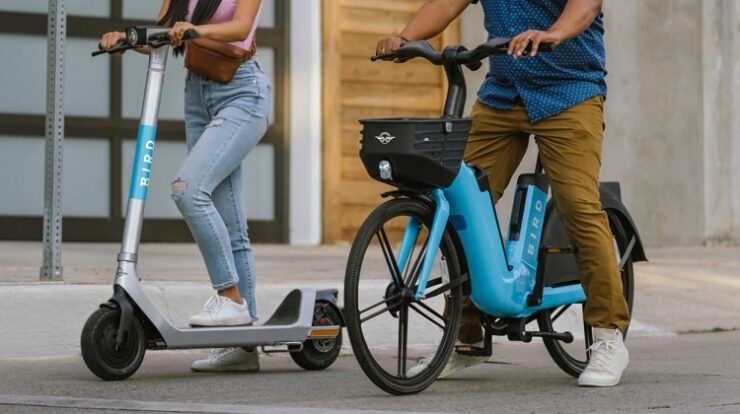
If you are considering automating your production line, then one key thing that you need to think about is choosing the right robotic gripper for your industrial robot or your collaborative robot! This is because these grippers allow your robot arms to interact with certain objects and the environment around them. If your robot did not have any grippers, then it would be functionally useless, and what use is a robot if it cannot complete the task you have set out for it? Of course, the type of gripper that you pick will depend on the task you need the robot to do and the kind of items that it needs to interact with.
With plenty of robotic grippers available on the market, such as a vacuum gripper, pneumatic gripper, and electric gripper, to name a few, you may feel confused about which one to pick for your robot. If you are feeling overwhelmed, don’t panic. In this article, we have listed and explained a few things for you to consider, in order to help you pick the best robotic gripper for your needs. Read on to learn more about this topic!
Things to consider when choosing a robotic gripper
As a result of technology becoming more and more sophisticated each year, there are a variety of different kinds of grippers available on the market, each with its own advantages and disadvantages. As such, the gripper that you choose will depend on multiple variables that can influence your decision. Here are a few things that you should think about before finally committing to a specific robotic gripper.
What kind of tasks need to be performed?
It is important that you know and understand what kind of tasks the robot will automate once you have introduced it into your workforce. So, make sure to take the time to visualize, in detail, the exact things that need to be done in order for the task to be completed well. For instance, ask yourself: what types of materials will the gripper come into contact with when it is completing its task? How quickly do you need to finish a particular task – does it have to be done fast or can it be done slowly? How precisely do you need the robot to be? How often will the task change in terms of variables? Furthermore, what will the operating environment be like – will your robot need a lot of space to maneuver around?
How heavy are the items?
As robot arms are generally made to lift and move items, you also have to take into account how heavy and big the objects that need to manipulated are. This is because the robot arm and the gripper will need to be able to accommodate the weight and size of your object. After all, it doesn’t make sense to have a gripper that cannot even move your item around! Some grippers are better at doing the heavy-duty lifting, whereas others are better at manipulating lighter and more delicate goods. Make sure to do thorough research on the types of grippers out there that are well-suited to the kinds of items you want to move around.
What is the shape of the object being handled?
Another thing to consider is the shape and part of the object that you intend for the robot to handle. This is because some grippers can handle some shapes better than others. For instance, if an object is generally flat and not raised high enough, then having a gripper that can grip from the top is the best solution to moving the object around. However, if you pick a gripper that has fingers on it, then it will be too inefficient. On the other hand, choosing a gripper that has adhesive properties may be a better option. An example of this would be a suction cup gripper.
While objects that have parallel faces can still be picked up using suction cup grippers, the grip may be more effective and efficient if done by a gripper that has fingers. This is because fingers tend to be better suited to closing in and lifting items on flat surfaces.
If you are still stuck on this step, a simple exercise you can do is imagine how a human would pick up the item you need. Think about how many fingers a human would need to pick it up and move it around, and if using fingers is the most effective or optimal choice.
What is the friction of the object being handled
Another important factor to keep in mind when deciding what kind of gripper to use for your robot is the friction of the object being handled. For the most part, cylindrical shapes are often trickier to handle with fingers due to their shape. Because centering the object is normally harder, choosing a gripper with grooved fingers may be a better solution.
On the other hand, if an object has rugged edges that provide more friction, then you may opt for non-grooved fingers since the edges will give more resistance for a better grip.
Are you going to be working with special items?
In this case, special items are usually referring to either food or pharmaceutical items. This is because there are stricter government regulations when it comes to working with items that are to be consumed by humans. In this case, hydraulic grippers tend to be forbidden from working with these items due to the potential for a fluid leak that could end up contaminating the goods.
On the other hand, if you are operating in a clean room, vacuum grippers may not be allowed in as they have the potential to bring in additional airflow that may have contaminants in them.
How fast do you need the gripper to secure and release the items?
It is a sad fact of life that grippers and robot arms will eventually wear down over time and require maintenance to make sure it continues to work well. One factor that impacts a gripper’s wear and tear is the force of the grip required and the cycle of time.
The cycle of time refers to how quickly a gripper fully opens (releases) and closes (securing) the item. Of course, the more often a gripper needs to fully open and close around an item will affect how quickly it wears and tears. As such, it is important that you consider how fast you need the gripper to secure and release so that you can better plan for the maintenance costs ahead of time.






